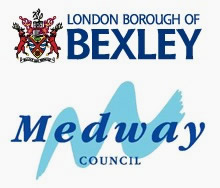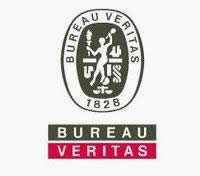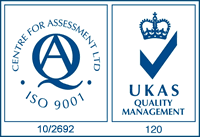Alcohol and Cirrhosis
02/02/2010
Liver cirrhosis is caused by scar tissue forming on the liver. As the scar tissue builds up, it can cause the liver to stop working properly. Heavy drinking over a sustained period can lead to cirrhosis of the liver.
Through alcohol-related liver cirrhosis, the healthy tissue of the liver is gradually taken over by lumpy, hard scar tissue. Cirrhosis is the worst liver damage that alcohol can cause to the liver but fatty liver and hepatitis can occur too.
The liver is responsible for numerous essential bodily functions. The liver:
- Processes and removes chemicals from the body (including alcohol)
- Breaks down food
- Breaks down fats
- Cleanses the blood
When scar tissue builds up, the liver is less able to carry out these functions as well as it needs to and this can cause other health problems such as toxins building up in the blood.
The two different types of liver cirrhosis are:
Compensated – This is when the liver is damaged but is still able to carry out its essential functions. Someone with compensated liver cirrhosis may not realise their liver is damaged.
De-compensated – Compensated liver cirrhosis, left untreated, can develop into de-compensated cirrhosis. It takes longer to develop but is also more serious and causes numerous health conditions.
Liver cirrhosis symptoms include a yellow hue to eyes and skin, swelling on the abdomen, unusual bruising, visible blood vessels, memory and cognition problems and blood in the vomit and faecal matter. You should contact a health professional if you notice these things.
If you stop drinking, liver damage can often be halted, although it can’t be repaired. If you think you may have a problem with drinking you should seek help as quickly as possible.

























